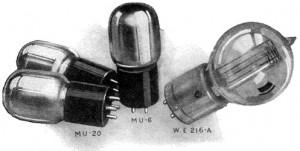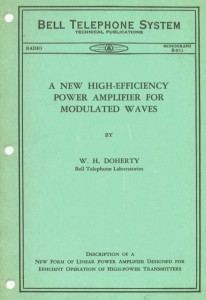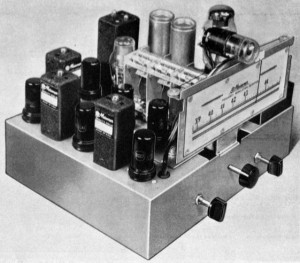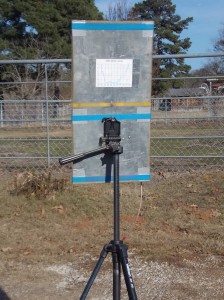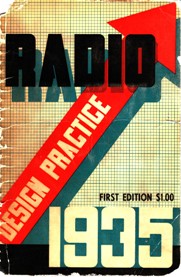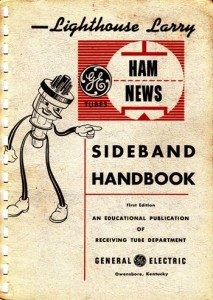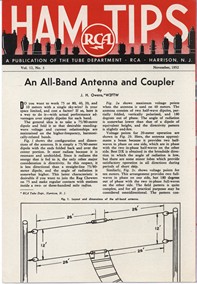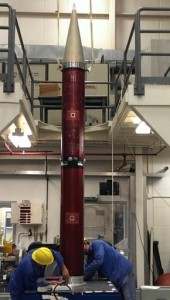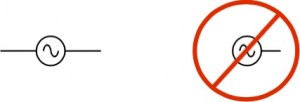Part 3 – We place various devices at the feedpoint of an “End-Fed” antenna without a formal “Counterpoise” – We will see why the SAME common-mode current must ALWAYS flow on the coax shield just as in Part 1.
The typical “end-fed” generally has an impedance greatly different from 50 ohms, so it is rarely fed directly with coax, as losses on the transmission line will be undesirably high for lengths of coax greater than a few 10’s of meters.
Note the high loss on several bands when a 42 ft “end-fed” is directly fed with 50 ft of RG8x coax (yellow bars)* ===>
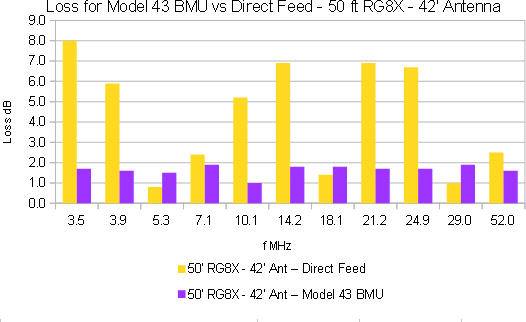 Continue reading Current Flow Fundamentals for an “End-Fed” Antenna – part 3
Continue reading Current Flow Fundamentals for an “End-Fed” Antenna – part 3
7,166 total views, 5 views today
